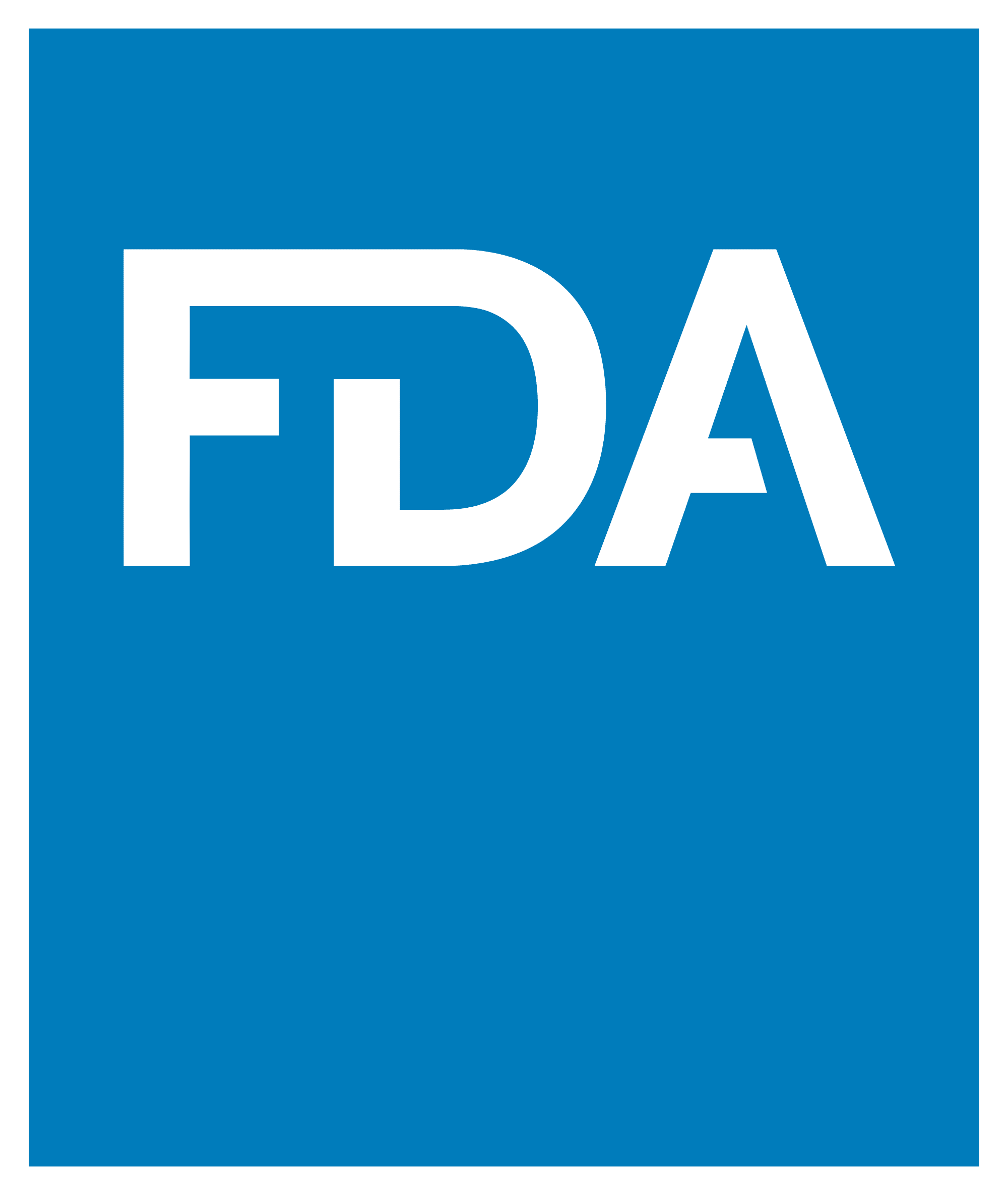
Food and Drug Administration
Established: June 30, 1930
Mission: To protect consumers from unsafe drugs, biological products, medical devices, food products, and cosmetics as well as to advance public health through the promotion of beneficial medical innovations and by helping the public access accurate, scientific information about how to maintain and improve health.
Reason for creation: The creation of the Food and Drug Administration (FDA) arose from decades of legislative attempts to prevent the sale and distribution of harmful consumable products. Throughout our history, public hazards have presented themselves in the form of food produced in unsanitary conditions or with harmful additives; substances misleadingly sold as medicine; and ineffective or actively dangerous drugs. The FDA was established in order to regulate the sale and distribution of such products and was far from the first attempt by the federal government to do so.
By the end of the 18th century, the federal government was already setting purity standards on certain foods and, in 1848, the Drug Importation Act represented the beginning of federal regulations on drug imports. These roles were designated to the Chemical Division of the United States Department of Agriculture in 1862. However, the dire need for more intensive regulation of food and drug products was evident by the early 20th century. For example, “Mrs. Winslow’s Soothing Syrup”, widely used throughout the second half of the 19th century to soothe fussy babies, contained high levels of morphine and alcohol. It is estimated that thousands of babies were killed by the syrup via overdose, addiction, and withdrawal. Until the 1906 Pure Food and Drug Act, there was no requirement that drug companies list active ingredients on product labels.
In 1906, due to this prevalence of dangerous substances in common medicinal elixirs as well as the growing outrage over shockingly unsanitary food production environments, Congress and President Theodore Roosevelt passed both the Pure Food and Drug Act as well as the Meat Inspection Act. Many point to the Pure Food and Drug Act, which regulated interstate trade of misbranded or altered foods, drinks, and drugs, as the original iteration of the Food and Drug Administration. However it was not until 1927 that the Food, Drug, and Insecticide Administration was created and, three years later, renamed the Food and Drug Administration.
Impacts: The role of the FDA has grown to include regulating cosmetics and medical devices, the authority to conduct factory inspections, testing drugs on animals and humans, and speeding or skipping the authorization process of experimental drugs for those in need.
Due in large part to efforts by the FDA, virtually all food and drug products sold legally in the United States include information about ingredients, possible side effects, and allergy warnings. The FDA inspects manufacturers and processors of products under its regulation. These inspections occur before a facility is able to start operating, at regular intervals, and when there is reason to believe that entities might be violating FDA protocol.
When the FDA identifies potentially dangerous products that are being sold, it can issue a recall. The FDA regularly updates its website with a list of products currently under recall for various reasons.
Some of the FDA’s most important modern accomplishments have involved restrictions on drug marketing. Throughout its history, the FDA has prevented drug companies from advertising potentially dangerous drugs. One of its most important prevention measures was the 1989 recall of all supplements containing 100 mg or more of L-Tryptophan due to its association with Eosinophilia Myalgia Syndrome (EMS).

